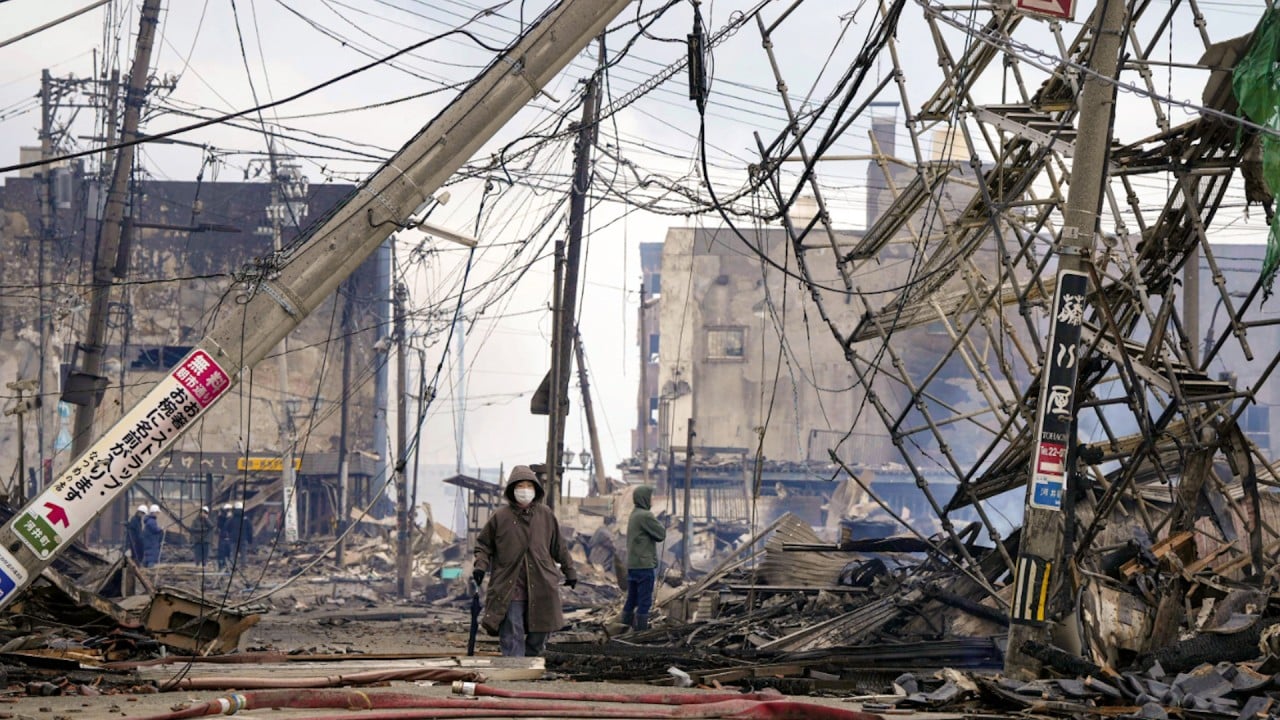“This area off Chiba Prefecture has seen this sort of slow-slip activity several times over the last few decades, with a series of small to medium-sized quakes coming and going over time,” said Yoshiaki Hisada, a professor who specialises in the study of earthquakes at Japan’s Kogakuin University.
“People sometimes think that these slow-slip quakes are safer because they are releasing smaller amounts of energy more often, but that is incorrect and the energy being released is much smaller than if there was a big quake,” he told This Week in Asia.

While the subterranean activity taking place off Chiba involves different tectonic plates from the faults that shifted so dramatically on March 11, 2011 – causing a magnitude-9 quake that immediately resulted in a tsunami that was in places almost 40 metres high – Hisada warns of more danger.
“Yes, it is a different fault, but this line is closer to the coast of Chiba Prefecture,” he pointed out. “A tsunami may not be as big as the one that struck Tohoku, but it will hit the coast much faster and with less warning.”
“We experienced the big earthquake in 2011 here but were fortunate to escape the tsunami,” Harris said. “The damage from that tsunami started about 70km north of Onjuku and destroyed towns and villages for hundreds of kilometres to the north.
“Unfortunately, 13 years later, this municipality does not seem to have done much to prepare for another disaster and there are serious bottlenecks on the routes leading away from the harbour if a tsunami is coming,” he said. “That is a serious worry.”
Some of Harris’ neighbours have been taking more precautions in recent days, stocking up on supplies and buying generators, but he says there is no sense of panic.
“Everyone in Japan is very used to earthquakes, so they are just taking this all in their stride,” he said. “The quakes wake me up, but what can you do about it?”
Japan ‘needs to learn’ from slow quake response after 30 victims froze to death
Japan ‘needs to learn’ from slow quake response after 30 victims froze to death
“I believe people saw what happened there and have been making preparations since then,” Hisada said. “The most important thing is to have a modern and strong home because we saw that many of the older, wooden buildings in Noto collapsed.
“It is clear that anyone who was trapped in a collapsed building and could not get out was not able to then escape from the tsunami or later froze to death.”


